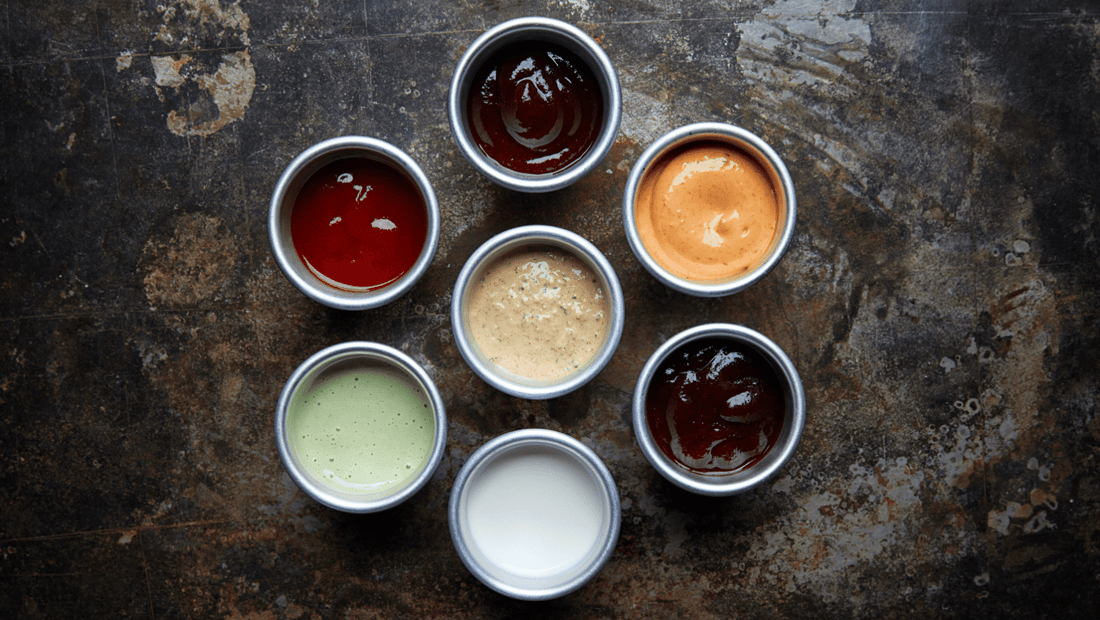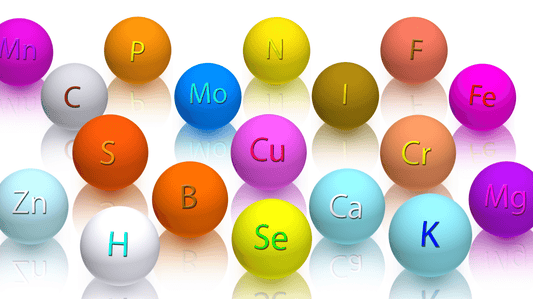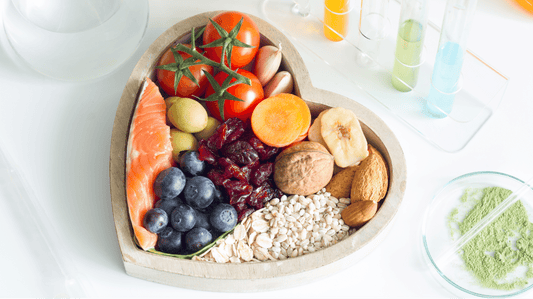
Mastering the Art of Thickening: Exploring Techniques for Perfect Sauces
Sauces play a pivotal role in enhancing the flavor and texture of countless dishes. However, achieving the perfect sauce consistency can sometimes be a culinary challenge. Fear not, for there are several techniques to thicken sauces effectively, each tailored to suit various culinary needs. In this comprehensive guide, we'll explore the art of sauce thickening, including essential methods and tips for thickening different types of sauces.
Understanding the Basics
Before diving into specific thickening methods, it's crucial to grasp the fundamental principles:- Starches and Proteins: Most thickening agents fall into two categories: starches and proteins. Starches, such as cornstarch and flour, absorb liquid and expand, creating a thicker consistency. Proteins, like eggs or cream, coagulate when heated, lending thickness and richness to sauces.
- Temperature Control: Proper temperature control is essential. Thickening agents activate at specific temperature ranges, so it's crucial to monitor heat to prevent lumps or curdling.
- Whisking and Stirring: Vigorous and consistent whisking or stirring ensures even distribution of thickening agents and prevents clumping.
Now, let's explore various techniques to thicken different types of sauces:
1. Roux
Ideal for: Creamy soups, gravies, and béchamel sauce.Method:
- Heat equal parts of fat (butter, oil) and flour in a pan until they form a smooth paste, known as a roux.
- Gradually add your liquid (milk, broth, or stock) while continuously stirring.
- Simmer the mixture until it reaches your desired thickness.
2. Slurry
Ideal for: Asian stir-fry sauces, fruit glazes, and clear soups.Method:
- Mix starch (cornstarch or potato starch) with a small amount of cold water to create a smooth paste, known as a slurry.
- Add the slurry to your sauce while stirring constantly.
- Simmer briefly until the sauce thickens and turns translucent.
3. Reduction
Ideal for: Pan sauces, red wine reduction, and balsamic glazes.Method:
- Simmer your sauce over low heat to evaporate excess moisture.
- As the liquid reduces, the sauce will naturally thicken and intensify in flavor.
4. Liaison
Ideal for: Creamy custards, quiches, and velouté sauce.Method:
- Whisk egg yolks or cream with a small amount of the hot sauce.
- Gradually add the mixture back into the hot sauce, stirring continuously.
- Cook briefly over low heat until thickened but do not boil.
5. Beurre Manié
Ideal for: Gravies and stews.Method:
- Knead together equal parts of soft butter and flour to create a paste known as beurre manié.
- Whisk small portions of the paste into your simmering sauce until the desired thickness is achieved.
6. Egg Yolk
Ideal for: Hollandaise sauce and custards.Method:
- Whisk egg yolks and a small amount of the hot sauce together.
- Gradually incorporate the mixture back into the hot sauce while whisking continuously.
- Heat gently, being careful not to overcook and curdle the eggs.
Tips for Success
- Prevent Lumps: Mix thickening agents with cold liquids to form a smooth paste before adding them to the hot sauce.
- Temper Eggs: When using eggs for thickening, gradually add hot liquid to the egg mixture to prevent curdling.
- Taste as You Go: Adjust seasonings as your sauce thickens, as flavors can intensify.
Mastering sauce thickening techniques is a culinary skill that can elevate your cooking to new heights. Whether you're crafting velvety cream sauces or creating savory gravies, these methods will help you achieve the perfect consistency and flavor in your dishes. Experiment, practice, and soon you'll be a sauce-thickening expert in your kitchen.
Ready to put to practice what you've learned today? Then check out our Sauces Recipes and decide which one you will make next!



